Nori seaweed [海苔] is widely used in Japanese foods. Its daily use is of such importance in Japanese culture and in adding flavor to the dishes in which it is used. Despite this, she is little known worldwide.
She composes popular dishes such as hossomaki and uramaki rolls, sushi, onigiri (rice balls), as toppings in obentôs, in addition to the very popular temakis in Brazil.
Nori are simply thin, dry leaves, made from the dehydration process of edible algae of the Porphyra species (Red Algae).
If you want to know some facts about Sushi, we also have the video below:
Índice de Conteúdo
Origin of Nori Algae
The term Nori, in the past, was used generically and referred to seaweed in general, including Hijiki. The seaweed has a history dating back to the 8th century. In the Taihō Code there were already levies on seaweed enacted in 701.
Local people were attributed to seaweed drying work in Hitachi Fudoki Prefecture (721-721). While the harvest of the same in the province of Izumo Fudoko (713-733) was mentioned.
All this showing that nori is a food that has been around for many centuries. In Utsubo Monogatari, written around 987, seaweed was recognized as a common, everyday food.
The nori it was consumed in the form of a paste for a long time, but it acquired the form of a sheet around 1750 in Asakusa thanks to the paper-making method.
The word 'nori' first appeared in an English publication on "C. P. Thunberg's Trav", published in 1796. He was quoted as "Awa Nori", probably referring to what is now called 'Aonori'.
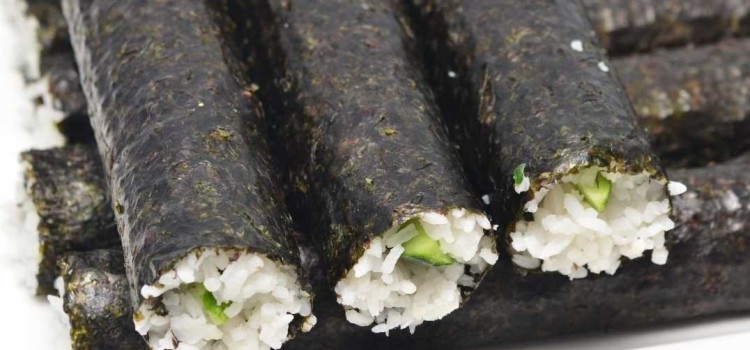
Decline of Nori
Nori went into great decline after World War II, as did many foods. The cause of this was the lack of knowledge of the remaining peoples.
Seaweed goes through a three-stage cycle to grow, and this traditional method was not known to many. But the scenario changed with the knowledge of the work of a British psychologist, 'Kathleen Mary Drew-Baker', who was researching on Porphyria Umbilicalis.
She grew up in Wales, which also harvested seaweed like in Japan. The Japanese, aware of their research, applied new artificial processes for sowing, and growing plants, rebirthing the algae production industry.
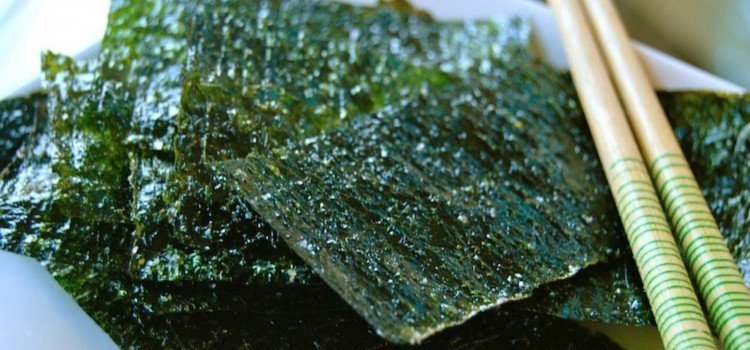
Kathleen Baker was hailed as the “Mother of the Sea” in Japan, having a statue erected in her memory. She is still revered as the savior of the Japanese nori industry.
There is no exact origin, but as we have seen, the seaweed has been used for many years by the Japanese, who today use it in many ways and daily in their daily lives.
How is the production of Nori?
Nori production uses an advanced farming technique. In order to be done in small and large “farms” by the sea, all using nets suspended on the surface of the water, these places are precisely where the Porphyra algae grows.
It's surprising how quickly they grow, about 45 days until the first harvest. A single plantation can yield many crops, in short intervals of just 10 days.
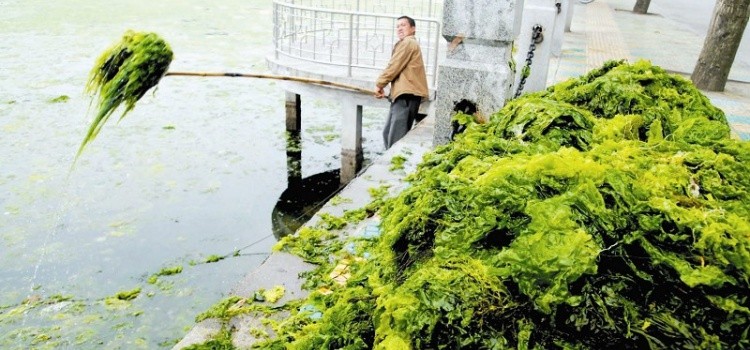
In addition to the advanced cultivation technique, the harvest also uses mechanical harvesters for the process. After the harvesting process, the collected algae undergo another process to generate thin, dry leaves measuring approximately 18×20 cm, weighing only 3 grams.
Most algae are produced in Japan, and also in China which produces about 1 third of them. In Japan, the main production takes place in a region called Ariake Bay, on the island of Kyushu.
In addition to all this, the production of algae also drives the maritime and labor industry in Japan. The algae produced have accounted for over 98% of Japan's marine production since 1984. Also, the cultivation of Porphyra employs over 16,800 workers.
The article is still halfway through, but we recommend also reading:
Health benefits of nori
Seaweed brings many benefits, thanks to its properties rich in protein, calcium, iron, Vitamin A, B and C, in addition to containing almost twice as much protein as some meats.
It presents a great source of iodine, for the functioning of the thyroid gland. They are rich in carotenes, which may have a protective effect against the mutation of certain cancer cells.
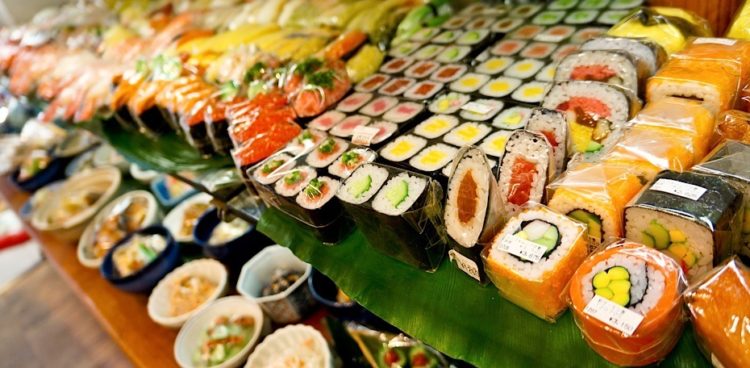
Nori seaweed is also great for those who are in the process of losing weight, due to its low levels of fat and calories, in addition to the high fiber content, which is good for digestion. All the benefits of seaweed are only activated with frequent feeding of the seaweed.
It is recommended to eat it because it also helps in the treatment of diseases such as anemia and cardiovascular diseases, as it is effective in reducing cholesterol, in addition to preventing arteriosclerosis and hypertension, as they strengthen the walls of the artery.
Another positive point is contributing to the health of the endocrine and nervous systems, resulting in strong and healthy hair, smooth skin and stress tolerance.
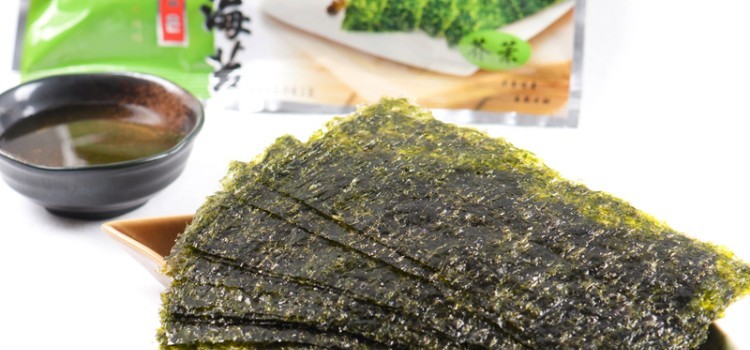
There are a number of factors that define the quality of seaweed. One of them is the fact that they have an ideal growth in oceans. Because they live in abundance of the nutrients that the sea offers.
Underwater currents also release nutrients to them and act in the expulsion of plant residues. As a result, seaweeds concentrate more minerals that are rarely found in land plants.
Cautions when getting Nori
In Japan, there are large amounts of algae that are cultivated with improper methods and processing, which can compromise the quality of the algae, in addition to causing nutrient losses from the natural action of the sea.
To have an algae of good origin, it is necessary that it is cultivated in its natural habitat, being harvested in deep oceans, which are free of pollution.
Besides, of course, good methods for its finalization to be put up for sale. Therefore, always make sure that the seaweed you buy or consume in a restaurant is from a good source.







